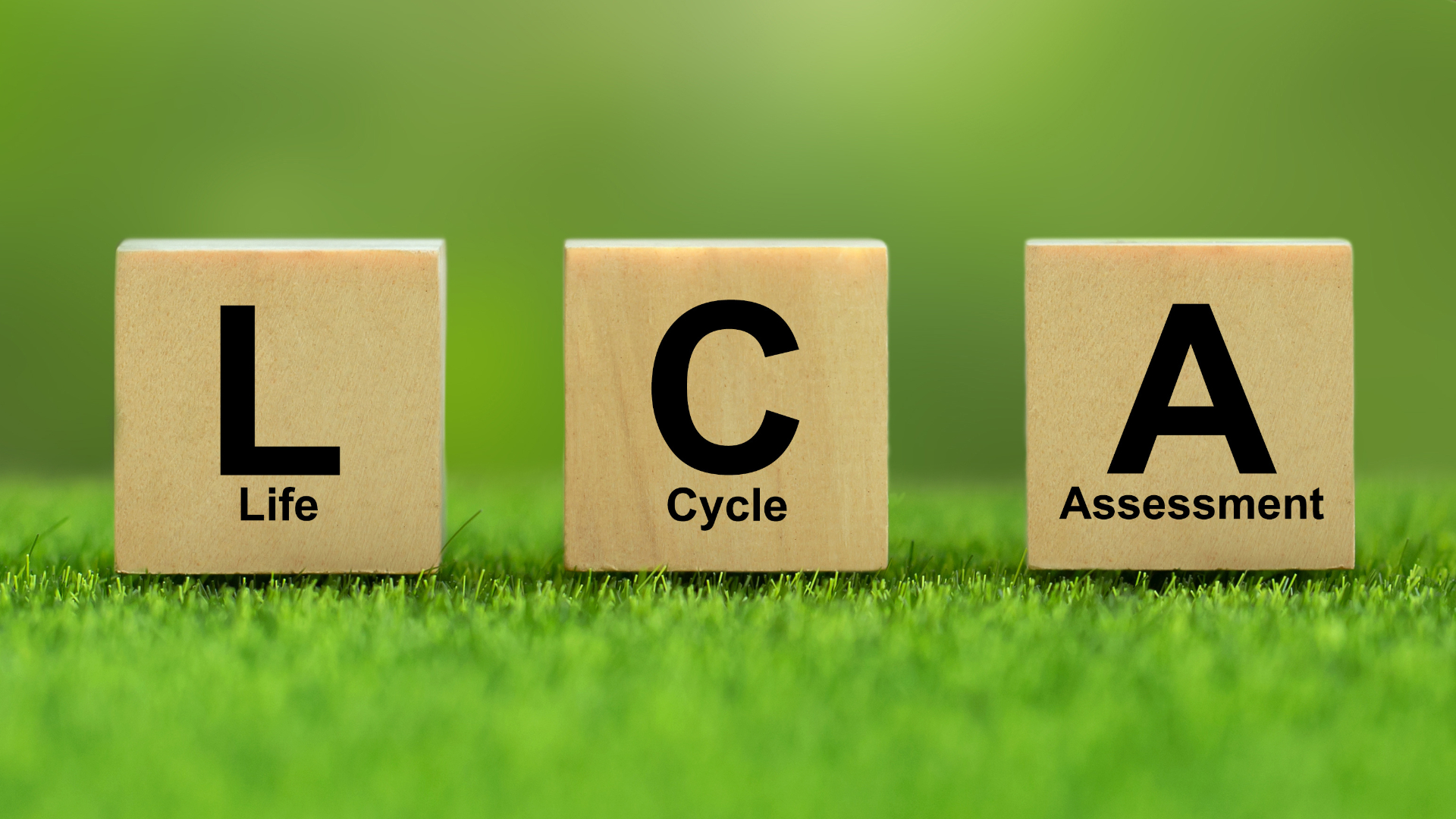Finding new sustainable solutions
During this years "disruptive innovation festival" numerous online sessions and podcasts explained the concept and opportunities of a circular economy and insects as food or feed.

What if we could redesign everything? That is the tagline of dif – the disruptive innovation festival. dif is curated by the Ellen MacArthur Foundation, a non-profit organisation headquartered in the UK aiming to accelerate the transition towards a circular economy. Five years after its inception, DIF has become a one-of-a-kind online festival that took place from November 6 to 23 this year. Their programme contained more than 100 items, including studio discussions, live streaming events, podcasts and film productions. All sessions are available online until January 20 2019.
Circular vs. linear economy
In an introductory session that explained the concept of a circular economy in 30 min, the speakers Emma Fromberg and Marco Meloni, both from the Ellen MacArthur Foundation, summed up the linear economy as “take – make – dispose”. The circular economy, in contrast, was described as regenerative by design. Fromberg pointed out that “consumers need to become users. Once you’re done with an item, don’t simply throw it away but feed it back into the production cycle so it or parts of it can be used again by others.” Meloni agreed: “From a material standpoint it is better to repair than to recycle.”
Building on that introductory session, the programme also included a number of detailed sessions tackling specific problems such as waste management that could be alleviated by a functional circular economy.
Insects as a sustainable source for food and feed
Another focus of the dif2018 was food and feed and sustainable solutions and resources for it in light of a growing world population. Therefore, one session focused on the Asian Food And Feed Insect Association (AFFIA) that works to introduce the idea of insects as food and feed to the fast growing populations of China and India. Particularly in Southeast Asia, eating insects is already part of the daily diet for a large part of the population, for example in Myanmar, Thailand, Laos and Cambodia.
However, until now, most of the food insects stem from “wild catch” rather than controlled breeding and farming. Thus, a transition towards controlled protein production through insect farming and innovative production models is urgently needed. One speaker of the session, David Allan, who is working for the AFFIA in Myanmar, pointed out that about 50% of the local population are already consuming insects as part of their daily diet. “Insects as food have a high prevalence here. It’s much easier to build on that than it would be in most western countries.” Another benefit of insects and insect farming according to Allan: “The farming of edible insects does not require large land access nor large capitals. That makes it a very attractive business model for the local people.” Therefore, Allan continues, insect farming is not just ecologically sustainable, but also alleviates the economic burden and allows local insect farmers to provide for their families.
Insects as the next super-food-fad
Josh Galt, working for AIFFA in Cambodia, also sees an opportunity and market for insects as food in the western world. “They could be the next big super-food after kale and quinoa!” He argues that insects qualify both as healthy food and as a sustainable food source, thereby satisfying health-oriented as well as ecologically-minded consumers. Moreover, according to Galt, some insect-based food such as cricket powder may even have beneficial health effects, for instance improving the digestive system. Moreover, Galt also praises insects as a better and more sustainable solution than other alternative protein sources: “Algae are also a very sustainable and healthy alternative, but currently it’s still very difficult to produce and farm them on a large scale. Lab grown meat in turn is a good alternative to commercially farmed meat, but due to its high fat and sodium content it’s not as healthy as insects or algae.” Finally, the farming of many plant-based proteins such as soy is not sustainable, Gait adds.
In the subsequent Q & A session, the question arose, why not more insects are used for animal feed instead of fish meal or soy. To which David Allan responded: “We would need several tones of insects to replace fish meal or soy as animal feed. But right now we simply don’t know how to handle these vast amounts efficiently, effectively and safely. How would and could we ship them and how could we prevent them from escaping?”
Asked why crickets seem to be the most popular insect for consumption, Josh Galt summarises their advantages: “Crickets are pretty healthy, they contain about 69% lean protein, they are easy to put into powder form and that has a neutral taste and can be used for pretty much any type of food. Therefore crickets are the perfect ‘gateway-bugs’!”
jmr


